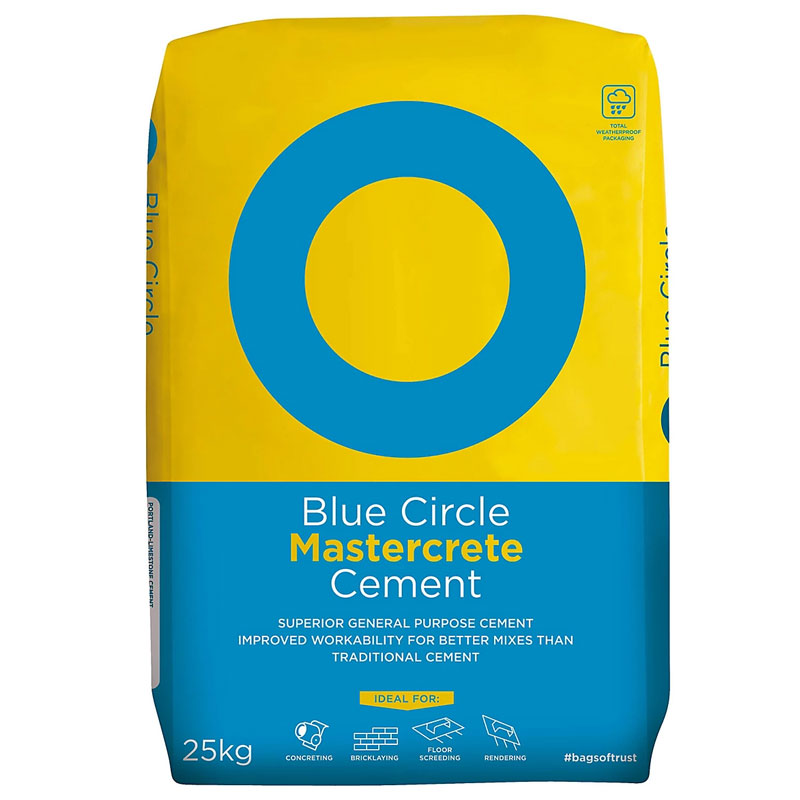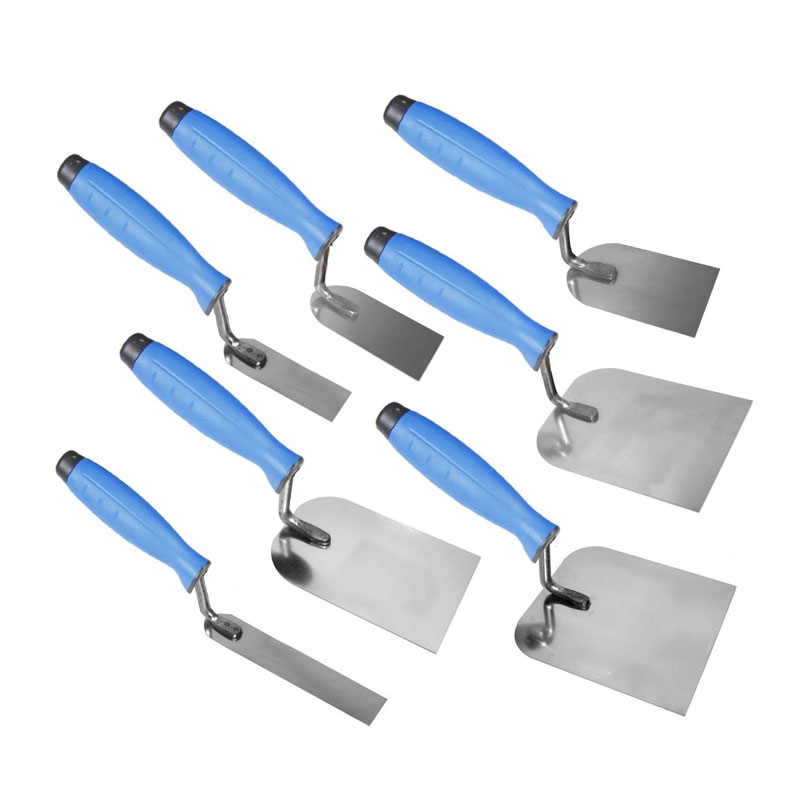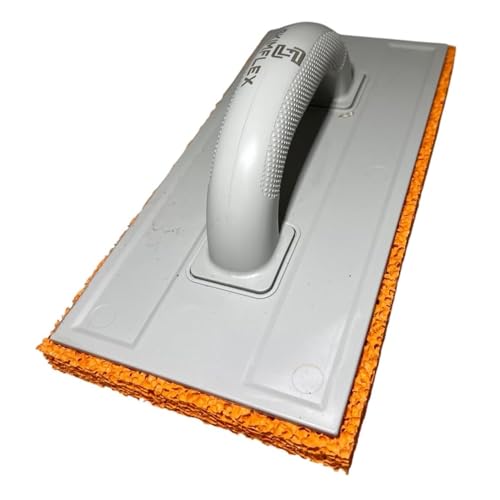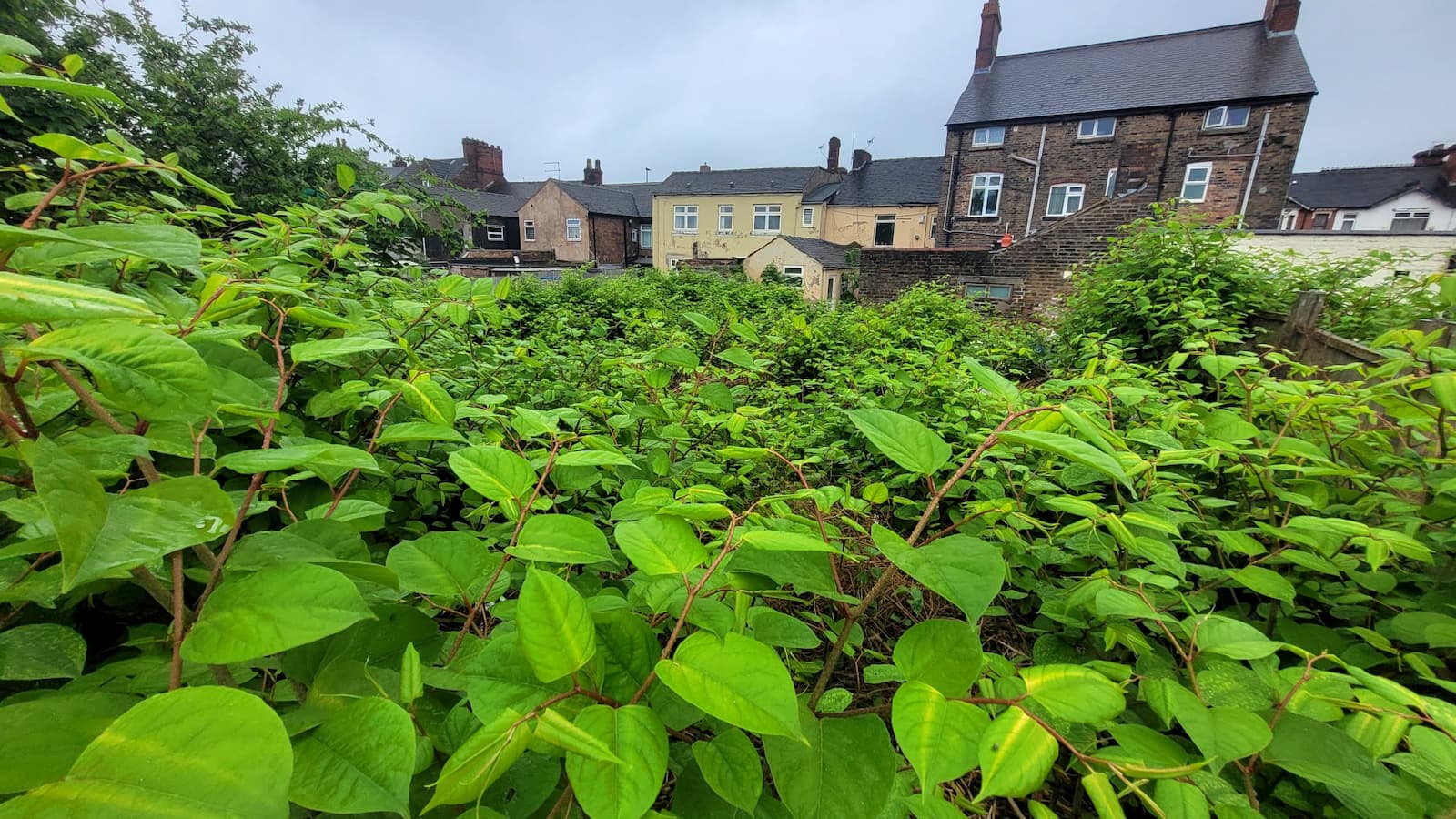What is Stucco plastering? Discover its benefits for a durable and attractive wall finish indoors and outdoors
Find out what stucco plastering is, where it's used, what textures and finishes are available and how much it costs to add to your home
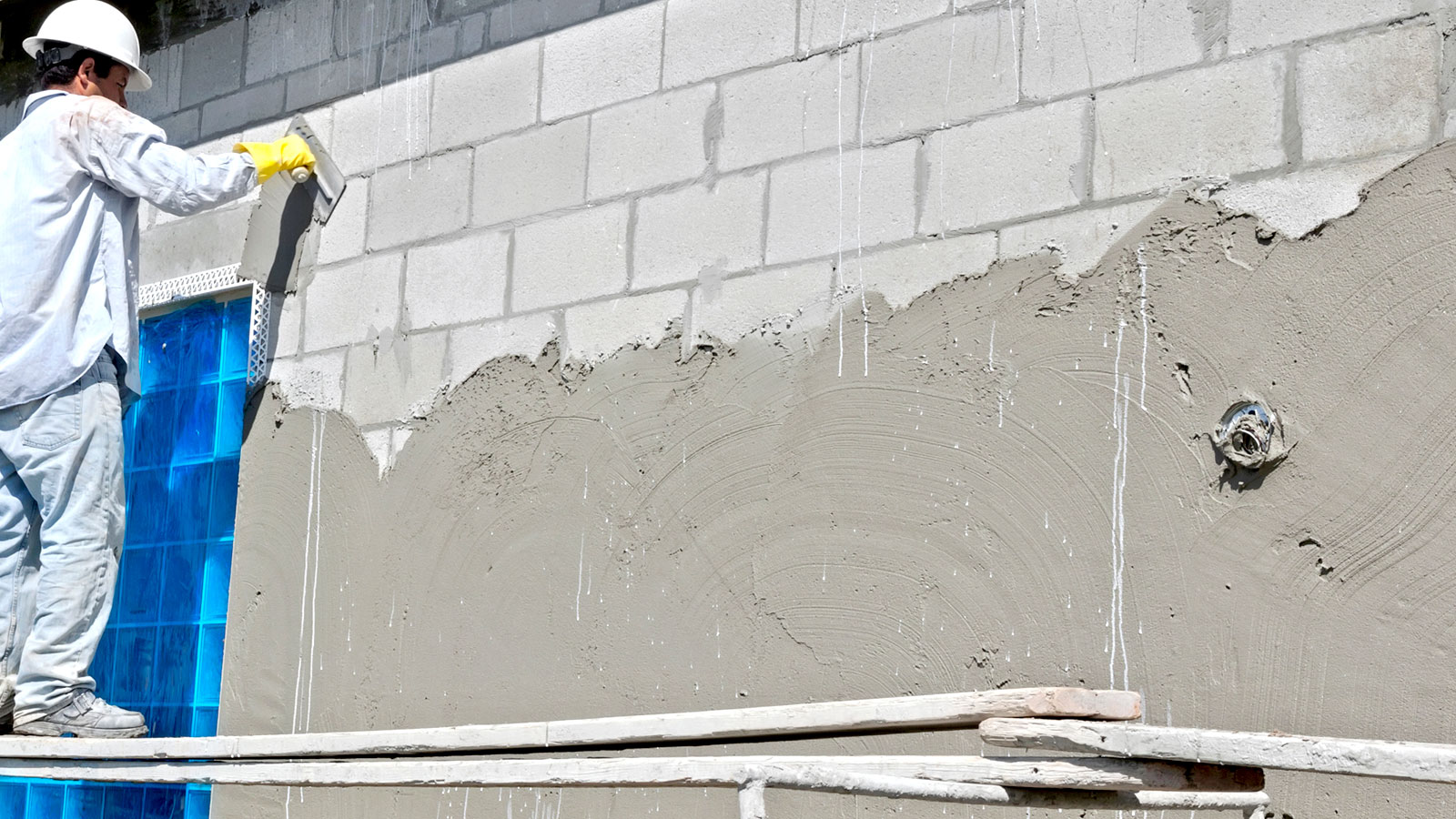
If you want to know what stucco plastering is, then you’ve come to the right place. Here we run through common questions and give you the answers you need to decide if it's a good choice for your home.
As you might have guessed, thanks to its name, stucco is a type of plaster, and its makeup and application make it different from other plasters. In a nutshell, it's a hard-wearing finish that is popular for exterior walls. But there is so much more to learn about this durable finish, which you’ll find in this guide.

Danny Niemela here, a professional contractor and home remodeler. Since 2007, he has led high-end kitchen, bathroom, and whole-home remodels with a sharp focus on craftsmanship and client experience.
What is stucco plastering? A quick definition
Stucco plastering is a low-maintenance, long-lasting decorative coating typically used on walls to create a unique and attractive finish. Danny Niemela, professional contractor and VP at ArDan Construction, points out what it usually consists of. “The classic recipe for stucco starts with three basic ingredients: Portland cement, sand, and lime.”
He adds, “Water is added on the spot and the whole mix is troweled onto walls in layers, usually a 'scratch coat,' then a 'brown coat,' and finally a finish coat that gets all the attention. Modern products sometimes mix in polymers or fibres, to boost performance against cracking or water intrusion.”

Mark has over 20 years of experience in the building sector, leading to a wealth of knowledge surrounding building and renovating that he enjoys sharing with others who are looking to complete their own building projects.
An interior or exterior option?
Thanks to its durability, “Stucco can be used on both the interior and exterior of properties, but it’s typically used externally as a wall finish,” says Mark Irving, building expert at Build & Plumb.
Niemela says, “Exterior use dominates for practical reasons. In warm climates, we use it almost exclusively on the outside due to its ability to expand and contract, as well as deflect heat without warping.
He adds, “Interior applications (like smooth troweled or Venetian-style finishes) tend to be reserved for dramatic feature walls, fireplace surrounds, or high-end design installs.”
Try these tools for stucco plastering
Stucco textures and finishes
Stucco plastering is a flexible exterior coating that can be tailored to a variety of textures, finishes, and colours. The more popular options are smooth, sand, dash and lace. Smooth is what you would expect, where the stucco is finished to a smooth, flat finish.
Bring your dream home to life with expert advice, how to guides and design inspiration. Sign up for our newsletter and get two free tickets to a Homebuilding & Renovating Show near you.
Sand has a range of grainy, fine-textured finishes, while dash adds a heavily textured look to a surface. Lace, also known as Spanish Lace, is a textured coat created by using a skipping trowel to create a contemporary design. Other popular finishes include Cat Face and Worm.
Alongside textures, stucco can be tinted to give various natural colours to the plaster. Or it can be painted with a masonry paint (like this Sandtex Ultra Smooth Masonry Paint from Amazon) or an interior paint to match up with the current decor.
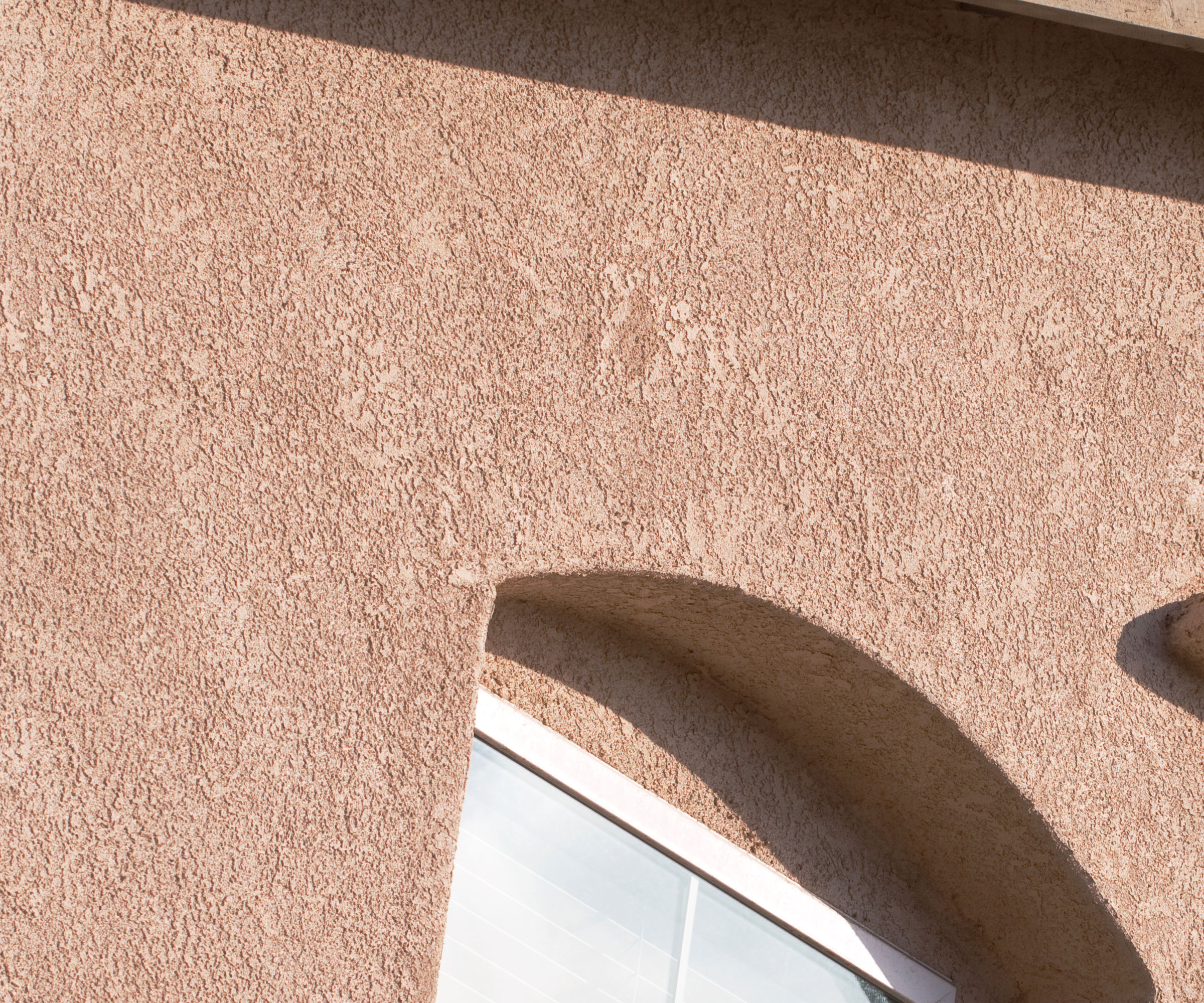
Where is stucco plastering used?
Walls are a popular choice for stucco plastering. Still, the use of stucco is not exclusive to walls; it can be used on a variety of surfaces, as Niemela shares, “Stucco is most commonly seen on exterior walls, both residential and commercial, but that is just the start.”
Irving adds, “Stucco is typically applied to the exterior of a building as a wall finish to mimic the appearance of stone. Stucco is highly durable and weather-resistant, so it maintains its appearance for extended periods on the exterior of buildings.”
Niemela continues, “Feature walls inside, ceilings, and even archways can benefit from a stucco finish, especially if you want something with more personality than paint or wallpaper.”
He adds, “In high-end homes, you might spot stucco used on fireplace surrounds or curved stairwell walls where regular drywall falls flat. The devil is in the details because stucco can be made dead smooth, swirled, or even patterned with speciality tools.”
Stucco plastering costs
Stucco plastering is a specialised type of plaster which is typically more expensive than standard plastering, as Mark Irving shares, “Generally, stucco is slightly more expensive than standard plastering, as it’s a highly durable plaster that requires a more skilled application and multiple coats to achieve the correct finish.”
Stucco plastering is not a job for most DIYers, it needs an experienced plasterer to do the job. Irving gives a general guideline on how much you can expect to pay. “Stucco requires a multi-layered approach, and it can be challenging to achieve a good finish for those not skilled in plastering. Typically, a plasterer will charge upwards of £250 per day for a small plastering job.” He adds, “However, if you want the whole exterior of your property to be replastered, this cost can increase massively.”
It is also worth noting that plasterers will often charge per square metre, and there can be added costs for scaffolding and preparation work. For textured plastering such as Stucco, expect to pay £50-£100 per square metre. But to get a more accurate price for your area, get three or four quotes from local professionals and make sure to ask what is included in the price.
FAQs
What surfaces can stucco plastering be applied to?
Stucco is a versatile covering that is suited to most hard surfaces shares Niemela, “You can throw stucco on block, concrete, or brick, no problem!” He adds, “Some contractors apply special bonding agents to get stucco to grip painted or smooth surfaces, but results can vary.
But it's not suitable for every surface, continues Niemela, “Applying stucco to plasterboard is not standard because gypsum just cannot support the weight long-term without serious reinforcement.” He adds some pro advice, “I would always test a small section and watch for any signs of cracking or delamination before going all-in on a new substrate.”
What is the difference between stucco and standard plastering?
Irving points out, “Stucco typically has a rougher texture and is more durable and hard-wearing than standard plaster, which is why it is commonly used on the exterior of buildings.”
Niemela says, “I would say the most significant difference is toughness and weather resistance.” He adds, “Where gypsum-based plaster is soft and porous, stucco is hard, dense, and shrugs off both sun and water.”
Niemela continues, “Rendering with lime or acrylic tends to be more flexible but not as durable over 30-plus years.” He adds, “Stucco bonds best to rough masonry, so it makes sense to use it on brick, block, or poured concrete, while standard plaster is happiest on interior drywall or lath.” He finishes with a few wise words, “If moisture hits drywall, it caves. If it hits stucco, it evaporates.”
If you’re not confident in tackling stucco plastering yourself, then make sure you check out our guide on how to find a good plasterer. If you’re looking for a finish to complement your interior stucco plastering, then check our guides on clay plaster and microcement bathrooms.
Steve Jenkins is a freelance content creator with over two decades of experience working in digital and print and was previously the DIY content editor for Homebuilding & Renovating.
He is a keen DIYer with over 20 years of experience in transforming and renovating the many homes he has lived in. He specialises in painting and decorating, but has a wide range of skills gleaned from working in the building trade for around 10 years and spending time at night school learning how to plaster and plumb.
He has fitted kitchens, tiled bathrooms and kitchens, laid many floors, built partition walls, plastered walls, plumbed in bathrooms, worked on loft conversions and much more. And when he's not sure how to tackle a DIY project he has a wide network of friends – including plumbers, gas engineers, tilers, carpenters, painters and decorators, electricians and builders – in the trade to call upon.
